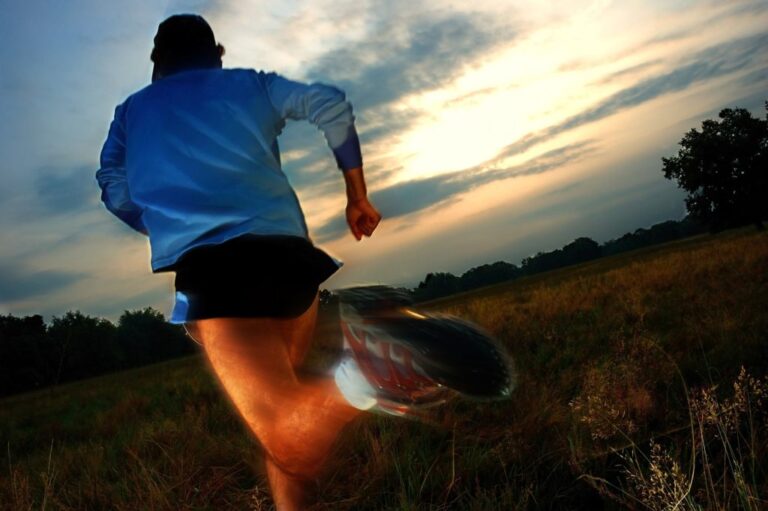Calf pain is common whether you are a runner, soccer player, fitness junky, or a tennis crack. According to research, about 12 percent of all intensively training athletes have to struggle with it. And overtraining is not always the cause. What you should know…
Men have calf pain more often
125 years ago, a British medical magazine reported calf pain in tennis players for the first time. The scientists, therefore, called the problem tennis leg. Today the painful problems in the calf area are widespread among athletes. Male runners and football players are particularly often affected.
How do calf pain manifest itself
Typical calf pain is a sudden, violent, and burning pain. The middle head of the calf muscle is usually affected in football and tennis players and sprinters. Especially the fast-acting muscle fibers (FT-fibers). The pain occurs particularly frequently during interval training, hill sprints, or exercises where one abrupt change the direction. In endurance athletes, the soleus, which belongs to the calf, is usually affected. It mainly consists of slowly reacting muscle fibers (ST-fibers). In most cases, this is due to overtraining.
The disease is divided into three categories
Doctors and physiotherapists divide the severity of calf pain into three stages:
- Stage 1: the affected area of the calf muscles is already painful when touched, and plantar flexion reproduces the pain. But there is no swelling or dysfunction.
- Stage 2: Swelling occurs in addition to pain. This swelling is visible and is located slightly above the middle of the calf.
- Stage 3: The worst case is a calf rupture, which leads to surgery and months of rehabilitation.
How is it diagnosed?
Today it is usually possible to determine the extent of calf pain with the help of an ultrasound examination. If the diagnosis is uncertain, an MRI is necessary. Experienced doctors and physiotherapists also know that calf pain can come from anywhere. These include dangerous compartment syndrome, deep vein thrombosis, or a pinched popliteal artery (PAES). This is why it is so important not to ignore calf pain and to have it examined if it occurs frequently.
How is it treated?
Most calf injuries can be treated well. It is usually sufficient for a stage 1 injury to cool the area and reduce the training load for a few days. It is also essential to stretch and strengthen the area. The RICE rule applies for an injury in stage 2 (rest, ice, compression, and elevation). It is best to use ice bags regularly every few hours and then lay them on the painful area for about 20 minutes. At stage 3, good medical treatment is vital.
How can I prevent problems with the calfs?
It is, of course, even better if there are no problems in the first place. For this, it is necessary to strengthen the calf muscle and keep them flexible. A straightforward but effective exercise is the heel drop stretch.
- Stand with the balls of your feet on the edge of a stair.
- Drop one heel slowly toward the floor and bend your other leg. Hold this position for about 20 up 30 seconds.
- Repeat on the other side.
This content is not a substitute for professional medical advice, diagnosis or treatment.
